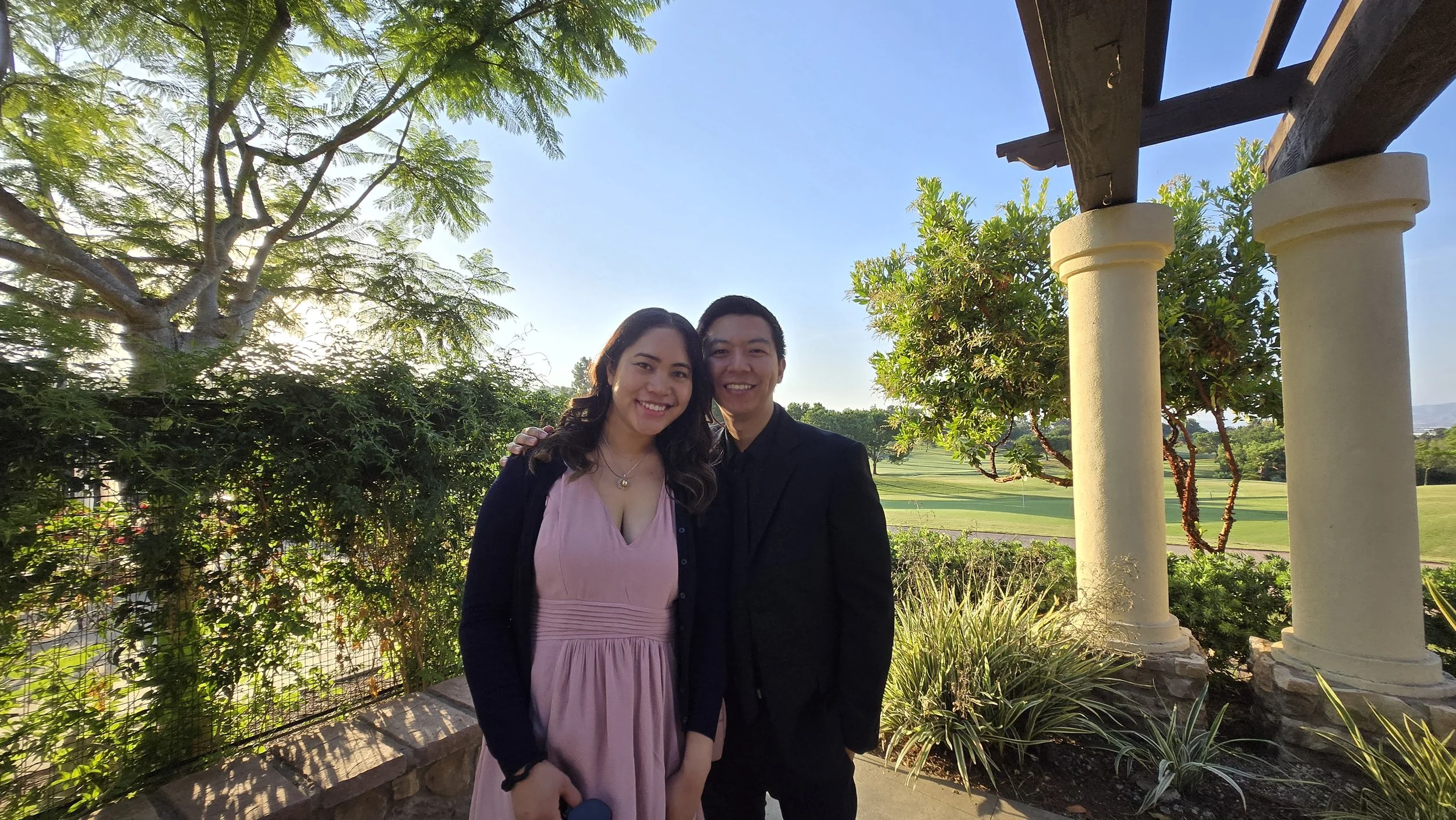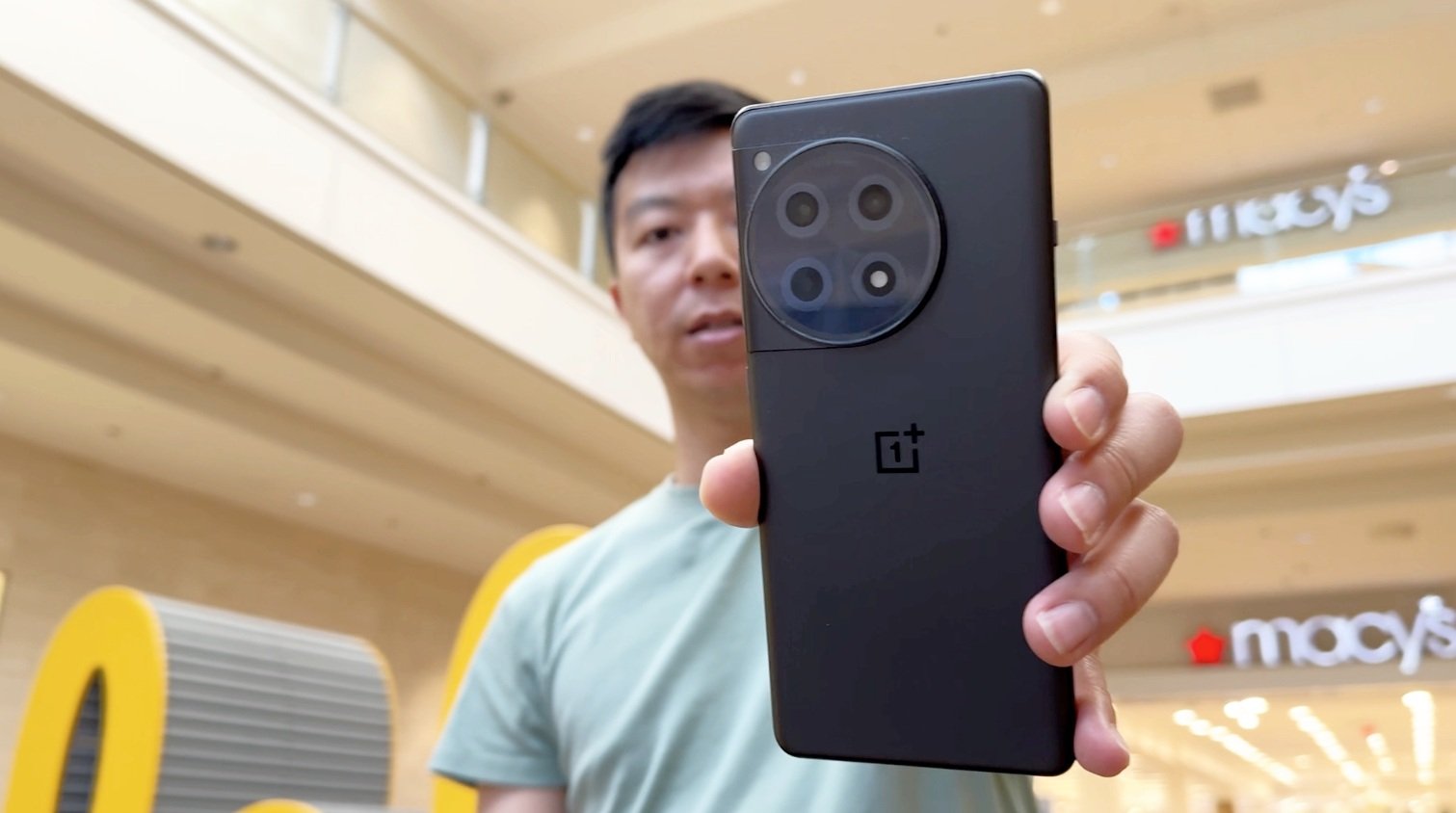Samsung Galaxy Z Fold6 Review
The Best Foldable Samsung Has Ever MadfLet’s cut to the chase - the Galaxy Z Fold6 is easily the best foldable phone Samsung has ever made. It’s fascinating as a tech reviewer to be able to see the yearly improvements that the Korean phone maker has made to this form factor to the point where I can experience firsthand the noticeable differences between previous iterations. The Fold6 folds up tighter, feels more sharp, and is thinner than the Z Fold5. The question however still remains whether there’s a need for general consumers to spend nearly $2,000 on this type of phone. Does a folding phone experience really do that much more than a regular phone to warrant such a premium price tag?
Purchase Price: $2,019.99




Year to YEar Improvements
I think the Z Fold6 comes the closest Samsung has ever been to justifying this folding experience. Like it or not, we now live in an AI dominated tech world. The Fold6 is chalk full of these features that when combined with the expanded screen real estate, make for a helpful tool. Take voice notes recording. While other devices are now able to do the exact same thing, having both the transcription and the audio wavelength side by side on the opened screen makes the task so much easier to get done. I guess the best way to describe why anyone would ever want a folding phone like this is simply for convenience. Much like why someone would look into buying a tablet when their smartphone could do the exact same thing, Z Folds play into a niche that makes sense on a structural level. More screen real estate makes things easier to get done.
From a glance, the Fold6 looks very similar to its predecessors. However, upon closer inspection, the rounded corners have perked up into sharp edges. The more square-like structure actually makes the phone more natural to hold. Accompanying the form change, the aluminum frame feels less smooth and in turn actually seems more rugged and firm. The Fold6 is just way more refined than I initially thought it was when I received it. This is subjective to the user, but I find this combination of changes to feel better to hold than the previous generation.
The cover display is slightly wider and once again, sharper than previous models. The sharp lines match the overall physical changes to the build. At a resolution of 968 x 2376 p, the 6.3 inch AMOLED display is significantly more satisfying to operate and look at than on previous models. For the first time on a Fold, I can honestly say that the cover display can actually be comparable to a regular Galaxy S phone. It doesn’t feel like an afterthought or weirdly warped in aspect ratio. It just plainly looks and feels like a regular modern smartphone screen. And that’s a good thing in this case. It’s also plenty acceptable to look at with a 410 ppi count. I do think many people will go a majority of the day never opening up the Z Fold and only relying on the cover screen.
-
Cover Display: 6.3 inch 968 x 2376p AMOLED display
Internal Display: 7.6 inch 1856 x 2160p AMOLED display
120 Hz Refresh Rate
Android 14 skinned with One UI 6.1.1
Qualcomm Snapdragon 8 Gen 3
12 GB ram
512 GB of storage
4,400 mAh battery
Side-mounted fingerprint sensor
Still Can Use Improvement
Unfortunately, not everything that was needed to change, found a place onto this iteration of the phone. We’re 6 generations in and the cover display is still not compatible with the S-Pen. This is another example of something that doesn’t seem to matter much on the surface, but makes a lot of sense to a daily user. When I do have an S-Pen case on the Z Fold, I find it only beneficial to write on the opened display when set flat on a table. I passionately dislike writing with the screen open while holding the expanded display in my hands. As I’m right handed, I can’t utilize handles on magnetic accessories to keep the phone gripped solidly. This means I have to either stretch out my palm and extend my fingers all the way to wrap around the square, or to hook my pinky on the bottom frame to somewhat lock the phone in place. Neither of these methods are comfortable for the long haul. With a wider cover display, this was the perfect year to finally add S-Pen support to make Samsung’s most premium phone write like the Galaxy S Ultra. That makes the bigger screen writing experience the bonus cherry on top that we as users can choose when to utilize it.
Z Fold5 left and Z Fold6 right
When you do open it up, you're greeted to a 7.6 inch, 1856 x 2160 p AMOLED screen that still has that wow factor that the device is known for. This is the 6th iteration of a folding phone from Samsung, but each time I load up a Wallpaper Engine theme onto these types of phones, I can’t help but marvel at what I’m looking at. Although the display is a near exact replica of the Fold5 on the spec sheet, it really does feel like a completely different experience because of the sharp edges. I find myself popping the phone open to use the full display more often than I did with the Fold5. It feels more natural to look at videos and images on the Fold6. There’s something about the rounded corners with the slight black bezels that make the Fold5 seem less premium of a viewing experience than it should be. I didn’t realize how off it felt to me until I booted up the Fold6 for the first time. It was instantly discernible.
With the Qualcomm Snapdragon 8 Gen 3 processor and 12 GB of ram powering the phone, the Z Fold6 performs at the top tier of smartphones. My configuration has 512 GB of storage and when it comes to just plain old smartphone things, the Z Fold6 is a beast. It runs everything I threw at it. It didn’t get as hot as I thought it would based on my experience with previous Folds. Ultimately, there’s nothing to complain about when it comes to performance. Phones like this are easy to review as it easily handles the most intense of smartphone tasks. The real question in regards to performance is whether the user will utilize the multi-tasking capabilities of this added real estate enough to warrant the need to open the display up. I still don’t capitalize on the real estate for multi-window navigation of Android as much as I really should. Instead, I rely on the bigger screen for reading purposes. Whether that’s an article, a manga, or a comic book, I personally find this function to be where I appreciate this phone the most.
Other things that don’t need to be discussed much as they’ve retained their usefulness and haven’t changed much are the side-mounted fingerprint sensor that doubles as a power button. It’s fast and reliable. The stereo loudspeakers are located at the top and bottom frame of the cover display. They get decently loud, but aren't necessarily warm to listen to.
Plenty of Power
When it comes to just plain old smartphone things, the Z Fold6 is a beast.
Point and Shoot
I’d also argue the same is true for the camera results too. We have a triple rear sensor setup with a 50 MP, f/1.8 wide, a 10 MP, f/2.4 telephoto, and a 12 MP, f/2.2 ultrawide camera. This is a standard affair that covers most of what anyone can expect from a modern smartphone camera at the moment. The photo taking capabilities here don’t break any glass ceilings, nor does it wow me, but photos are sharp and give the expected “Samsung saturation” palette that anyone who has owned a Samsung phone can attest to.
I’m at the point with many smartphone camera performances where the year to year results have stagnated. It then becomes a preference of whether I like the look of how that camera’s AI processes saturation, exposure, and other things that OEM’s have deemed upgrades in their new iteration. A good example of this is with low light photos. In the ongoing quest to be able to shoot visible photos without any light, many cameras like the Z Fold6’s rely heavily on software processing. Some shots don’t even look like they were taken in the dark anymore. There’s an unnatural tint, the exposure doesn’t seem right, and the added noise isn’t worth the image degradation. This isn’t like pumping the ISO up on a camera either. It’s an entirely different kind of issue that smartphone photography has propped up.
Mostly Good Battery Life
The Z Fold6 has a decent sized 4,400 mAh battery that supports 15W wireless charging and 25W wired charging. On average, this folding phone should last most people until the end of the day when they return home from a day at the office. When I kept the phone usage strictly to business and casual web browsing, I had no problem ending my night at around 40% after 14 hours off the plug. However, if I played any type of game that requires farming daily missions (you know exactly the type), the Z Fold6 did drain quicker than I had anticipated. A 30 minute session of Honkai Star Rail surprisingly took a bigger chunk out of the battery life than I usually experience on other flagship phones. Still, I found the battery life to be sufficient enough.
Final Thoughts
So all of this leads us back to the new AI features. Marketing material would make it seem like a majority of Fold users will be drawing rough sketches everyday and having AI make it prettier. Well, at least for me, I tried it out a few times and while it was neat, I have no need or use cases for something like this that comes to mind. I do think that the type of buyer that the Fold6 is marketed towards (especially the price tag) will find things like Note Assist and the Interpreter FlexMode to be neat features that situationally can be beneficial. AI does provide Samsung with a path forward to utilize the full value of a folding device of this size.
While I still don’t think the Fold6 offers enough benefits to justify the hefty price tag for most consumers, I can at least acknowledge that the line is advancing every generation. It may not be leaps and bounds better, but it is indeed better.
We are a participant in the Amazon Services LLC Associates Program, an affiliate advertising program designed to provide a means for us to earn fees and support our channel by linking to Amazon.com and affiliated sites.




















